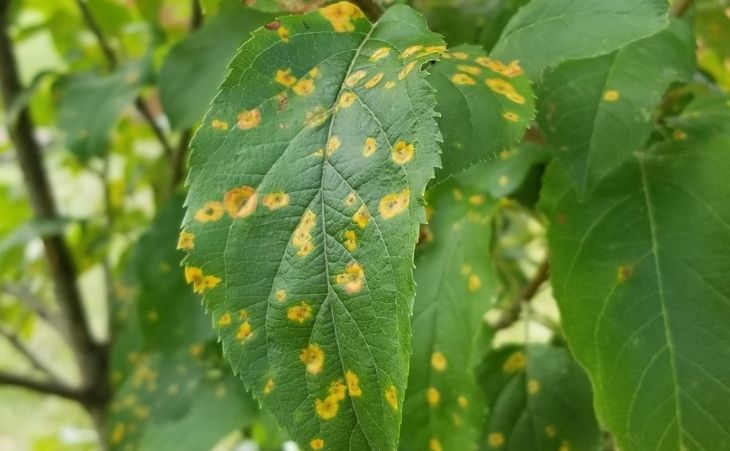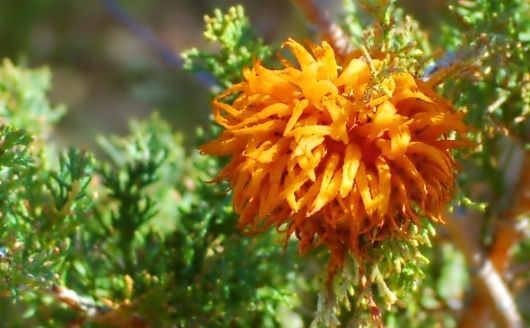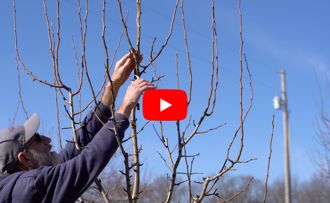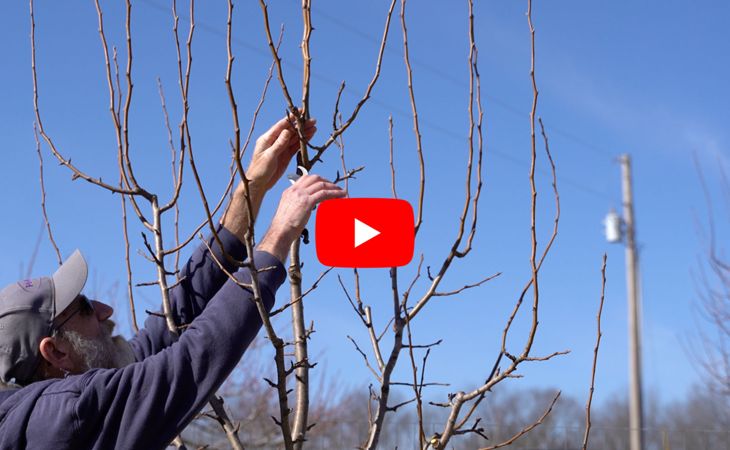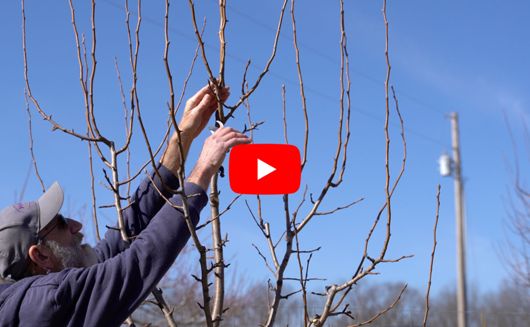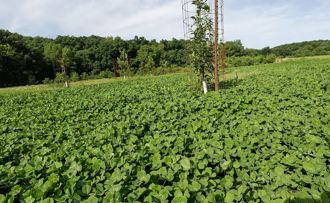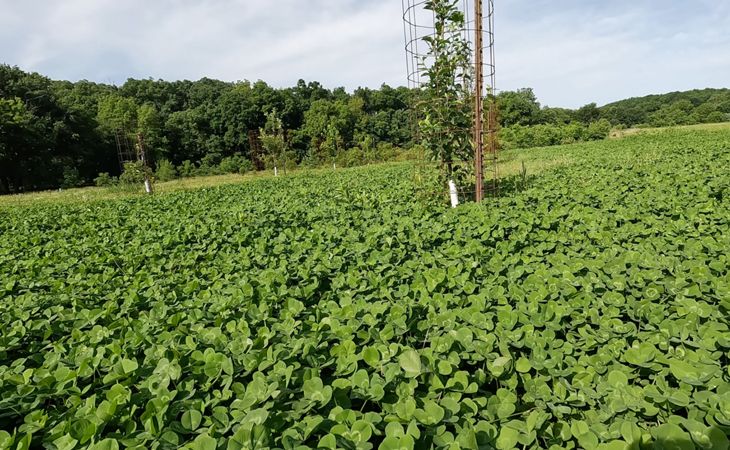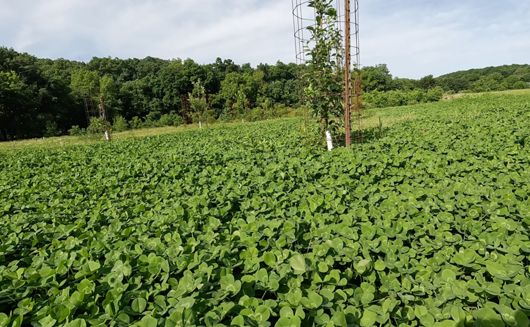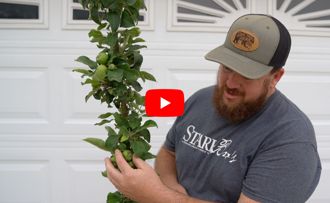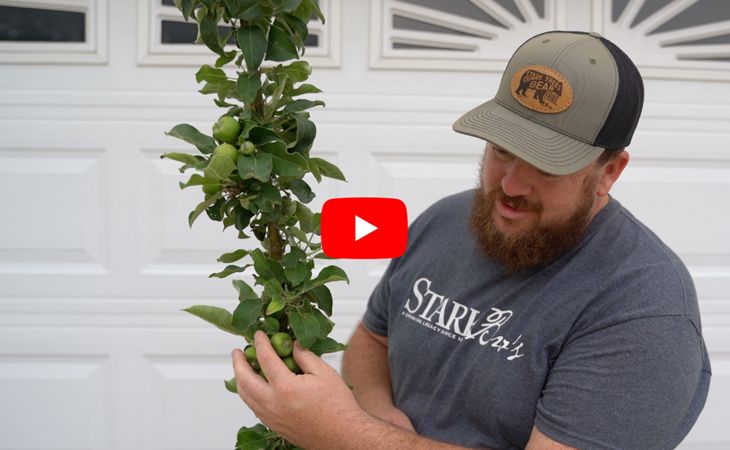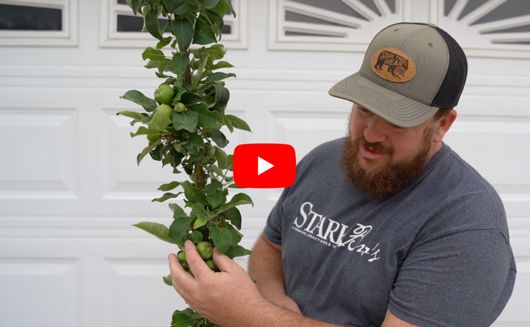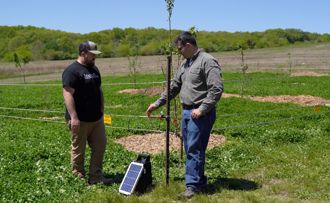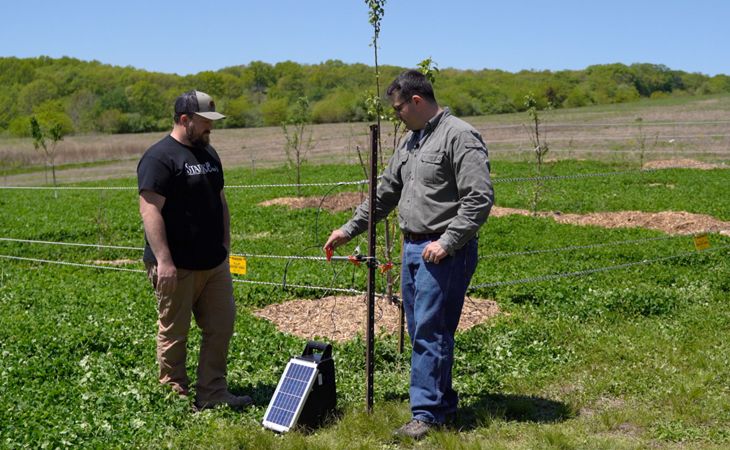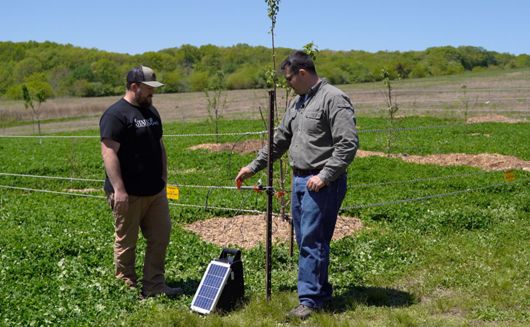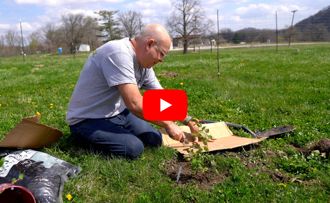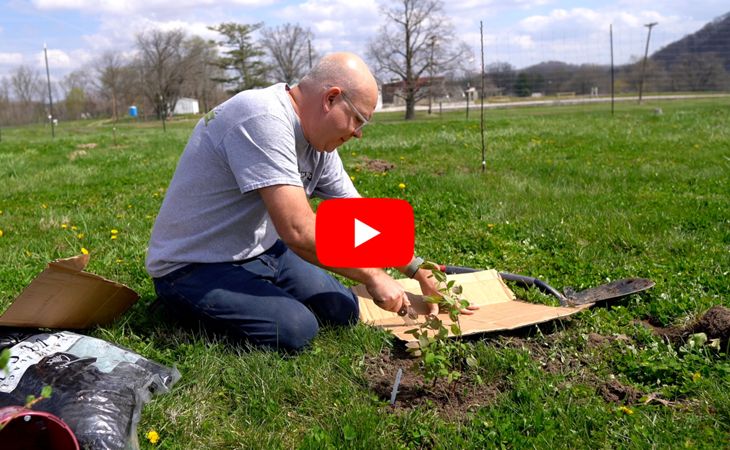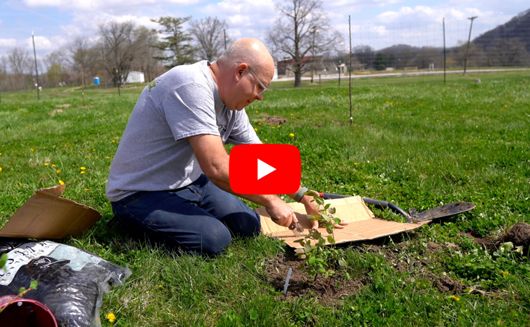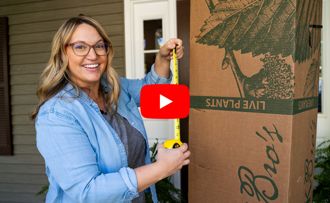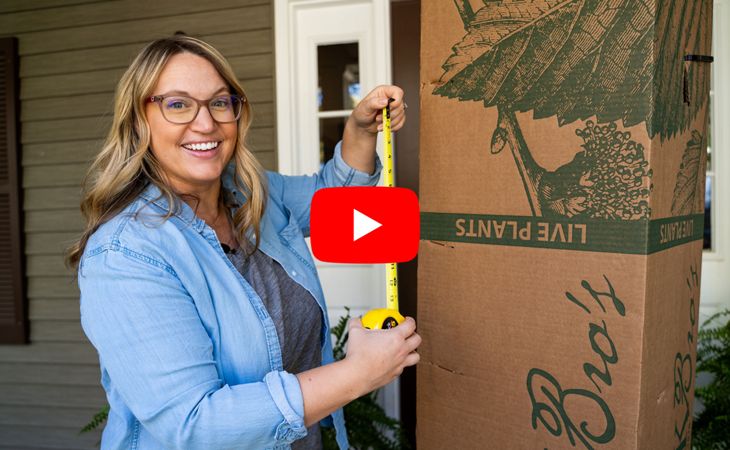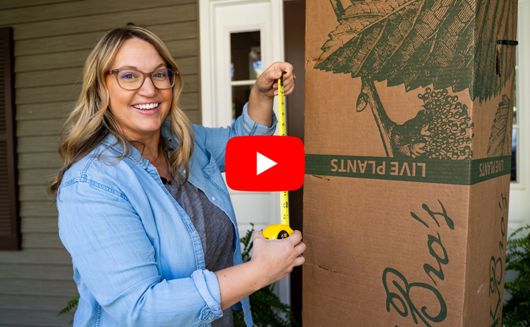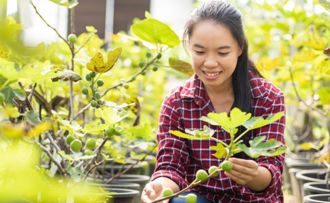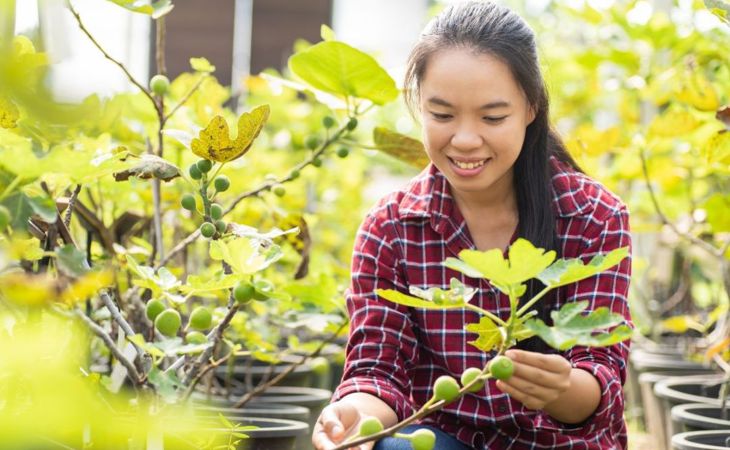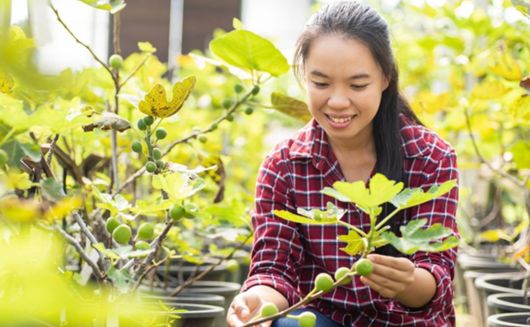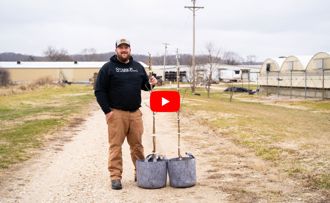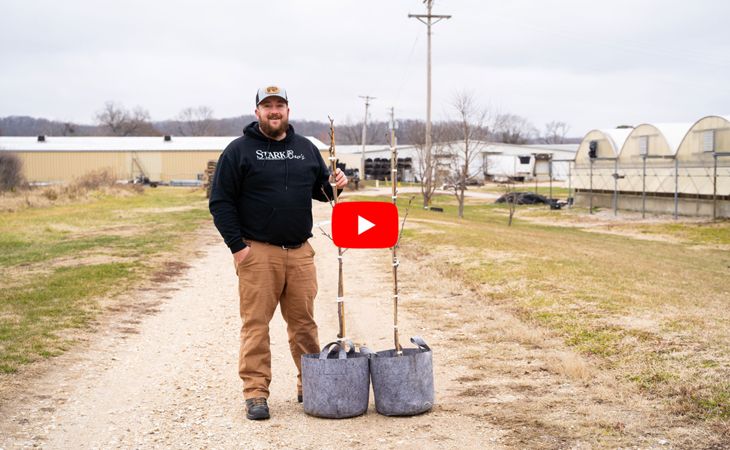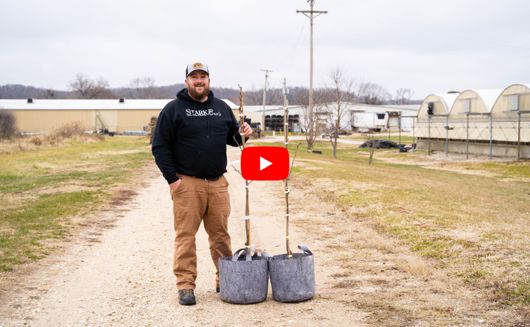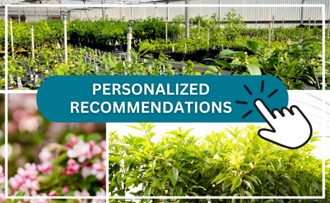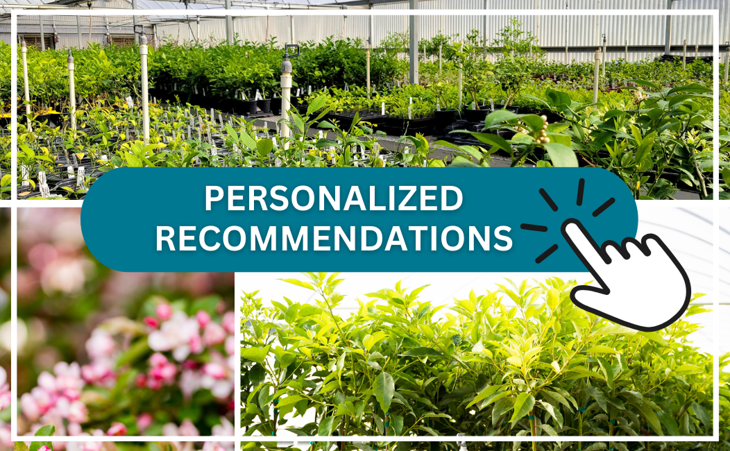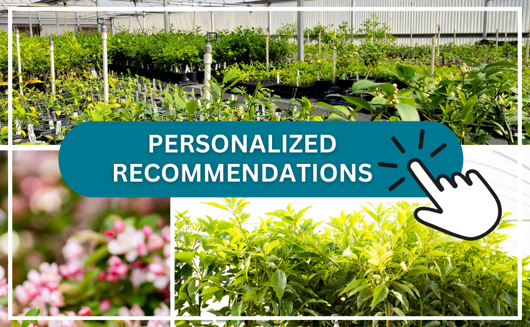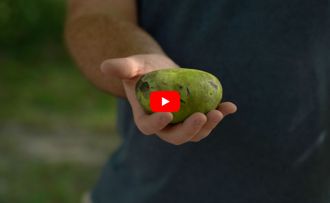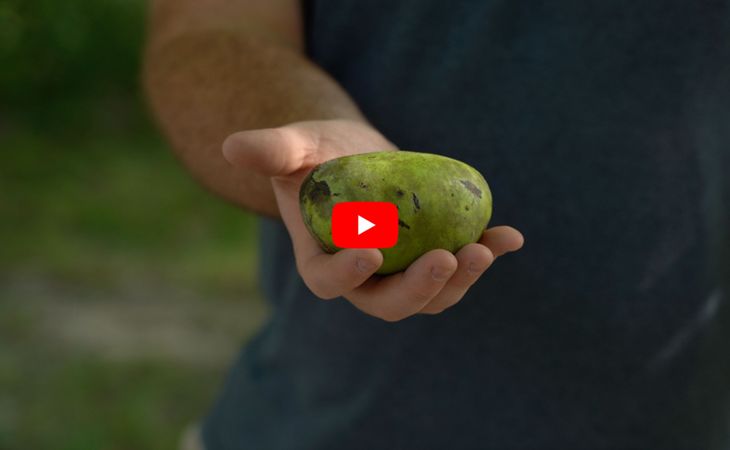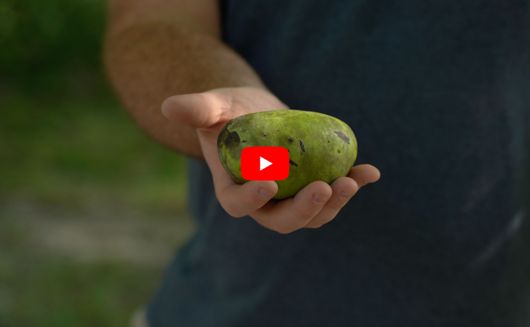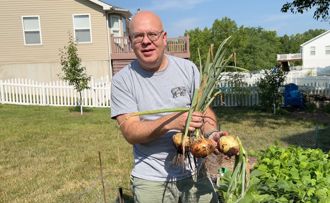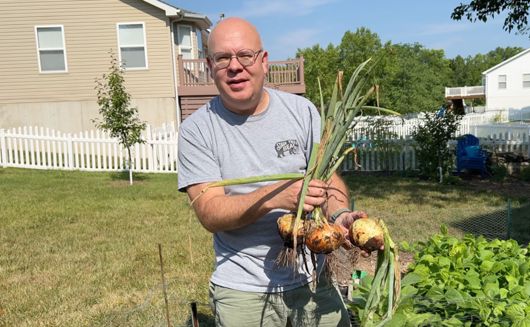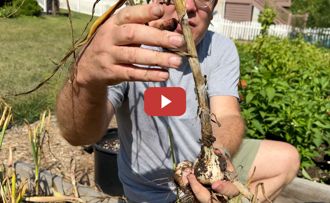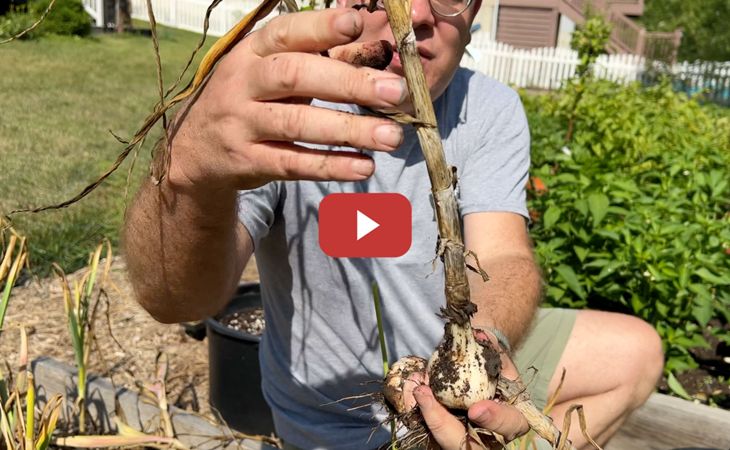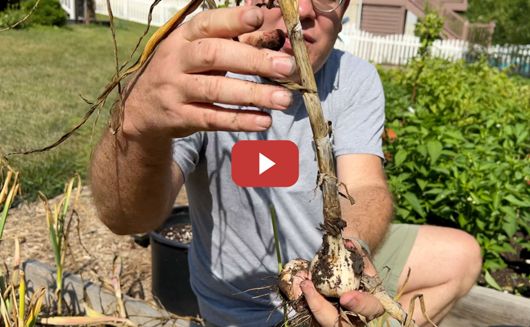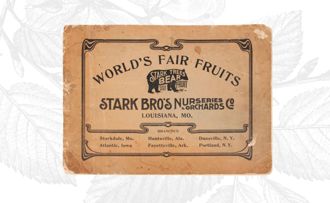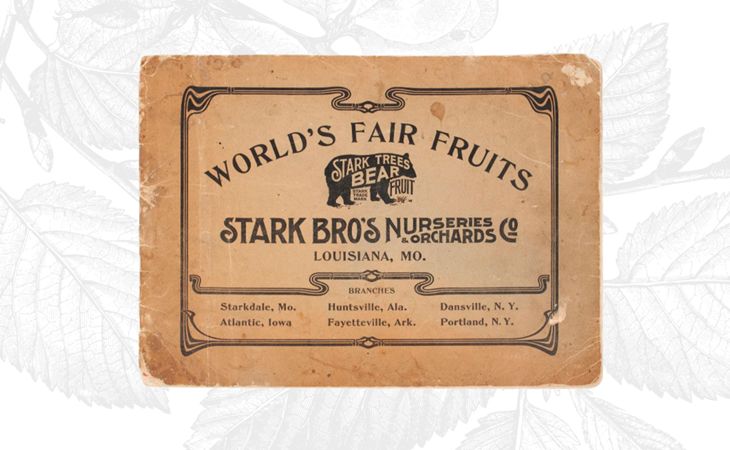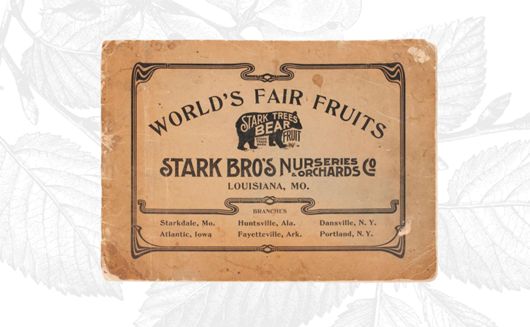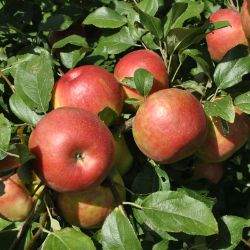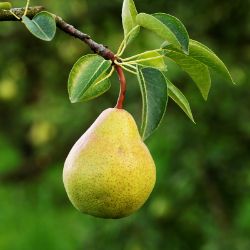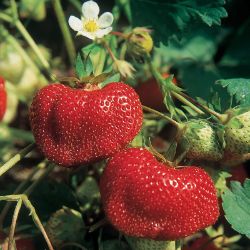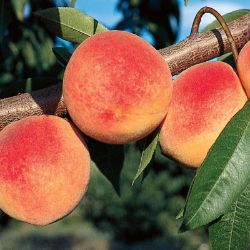Cedar Apple Rust - Identification & Control
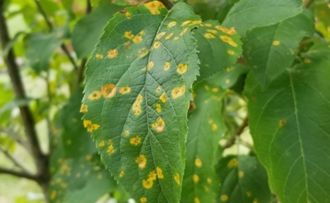
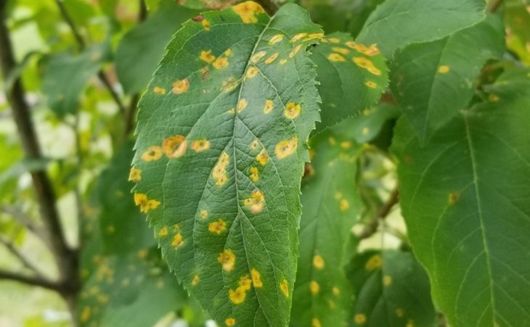
Cedar Apple Rust can be a destructive disease on both plants. Caused by Gymnosporangium juniperi-virginianae – a fungus that is spread from cedars or junipers to apple trees in the spring. If you have apple trees planted nearby cedars or junipers – be on the look out for symptoms of this destructive fungal disease in the spring.
You can identify Cedar Rust on by the small, pale yellow spots present on upper leaf surfaces. Spots will enlarge and become orange with black specks in the center. This disease causes fruit loss and sometimes leaf drop. The best way to control cedar apple rust or CAR, is to prevent further infection using a mixture of cultural methods and fungicide treatments.
Lifecycle of CAR
This fungal pathogen starts life on junipers as an aeciospore that the wind carries from apples to its new host in the late spring or early fall. A brown gall develops the following summer and fall on the junipers.
Instead of galls, infected apple, crabapple trees (and sometimes pear trees) reveal circular yellow spots on the upper surface of their leaves soon after bloom. Later in the summer, brownish cylindrical tubes with hairs sticking out appear underneath the yellow spots, or on the twigs and fruit. The damage done to the leaves hinders the tree’s ability to absorb sunlight and nutrients.
When apple trees and crab apple trees are infected with this fungal disease, the fruit may be of marginal quality and the fruit may drop off the tree. In addition, a severe infection can cause your tree to drop its leaves! If that happens for several years in a row, your apple tree could be in jeopardy.
This disease is spread by splashing rain or irrigation, especially in the spring. During dry weather, spores are then transferred to other junipers. Spores overwinter in the juniper galls to start the cycle again the following year.
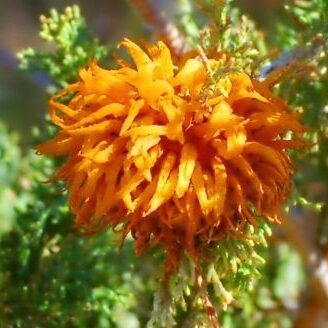
Symptoms of Cedar Apple Rust:
Check for signs of the disease on both hosts:
- Small, pale yellow spots are present on upper leaf surfaces.
- Spots will enlarge and become orange with black specks in the center.
- A mass of fungal spikes appears on the undersides of leaves.
- Orange gelatinous galls appear on trees of the Juniperus genus in spring.
How to Control Cedar Apple Rust
When adding new fruit trees to your homestead, consider disease-resistant apple tree varieties, such as ‘Freedom,’ ‘Liberty,’ ‘Redfree,’ or ‘William’s Pride. Also, do not plant junipers near rust-susceptible plants, which include both apples and crabapples. It is said that the fungal spores can travel as far as two miles!
If you see the lesions on the apple leaves or fruit, it is too late to prevent the fungus from affecting your trees for that season. Prevent further spread by cleaning up all debris and diseased leaves from the area. Continue to clean the site throughout the winter. In early spring, the first treatment of a control spray can be used before the bud breaks and continue treatment as needed (always read the instructions on the label*).
Recommended Sprays to Protect your Apple Trees:
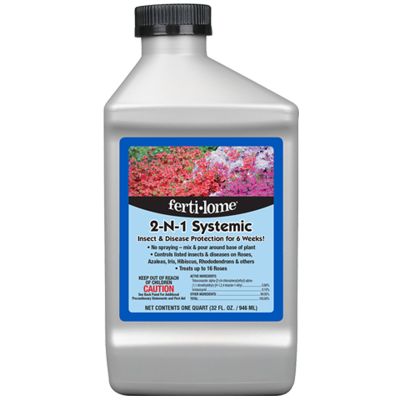 Ferti-lome® 2-N-1 Systemic
$19.99
Ferti-lome® 2-N-1 Systemic
$19.99
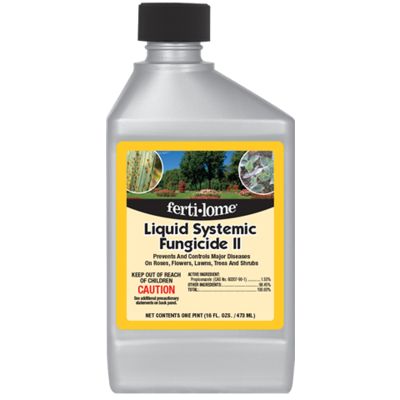 Ferti-lome® Liquid Systemic Fungicide II
Starting at $20.99
Ferti-lome® Liquid Systemic Fungicide II
Starting at $20.99
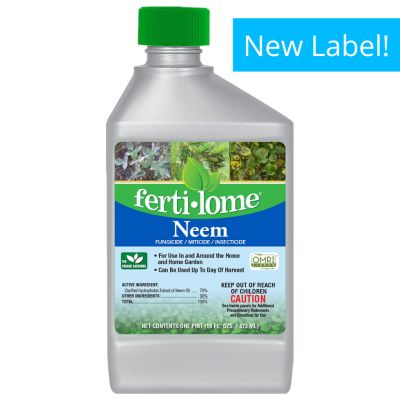 Ferti-lome® Neem
Starting at $12.99
Ferti-lome® Neem
Starting at $12.99
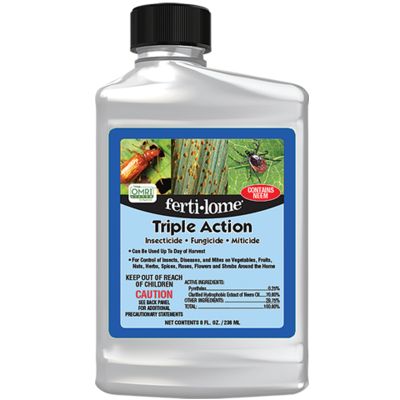 Ferti-lome® Triple Action
Starting at $23.99
Ferti-lome® Triple Action
Starting at $23.99
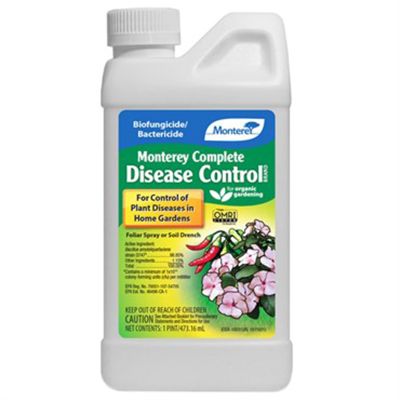 Monterey Complete Disease Control
Starting at $28.99
Monterey Complete Disease Control
Starting at $28.99
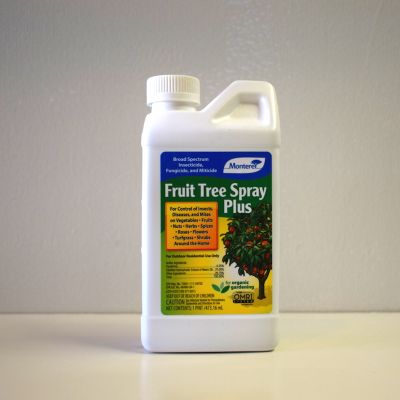 Monterey Fruit Tree Spray Plus
$26.99
Monterey Fruit Tree Spray Plus
$26.99
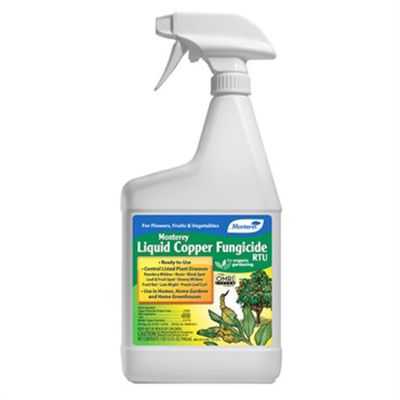 Monterey Liquid Copper Fungicide
$22.99
Monterey Liquid Copper Fungicide
$22.99
Spraying helps control rust symptoms but will not completely control the disease. To prevent the further spread of the disease, it is suggested to destroy wild or unwanted apples, crabapples, or junipers, so they will not infect your prized apple trees. If possible, remove galls from infected junipers or remove those plants entirely. Keep in mind , however, that the fungal spores can travel in the wind a long distance so the infected juniper may not even be in your yard.
Contact local county cooperative Extension for further advice on how to best treat Cedar Apple Rust in your area, and of course, feel free to reach out to our customer support team with any specific questions!
- Article Categories:
- Fruit Tree Care
- Frequently Asked Questions
- Organic

